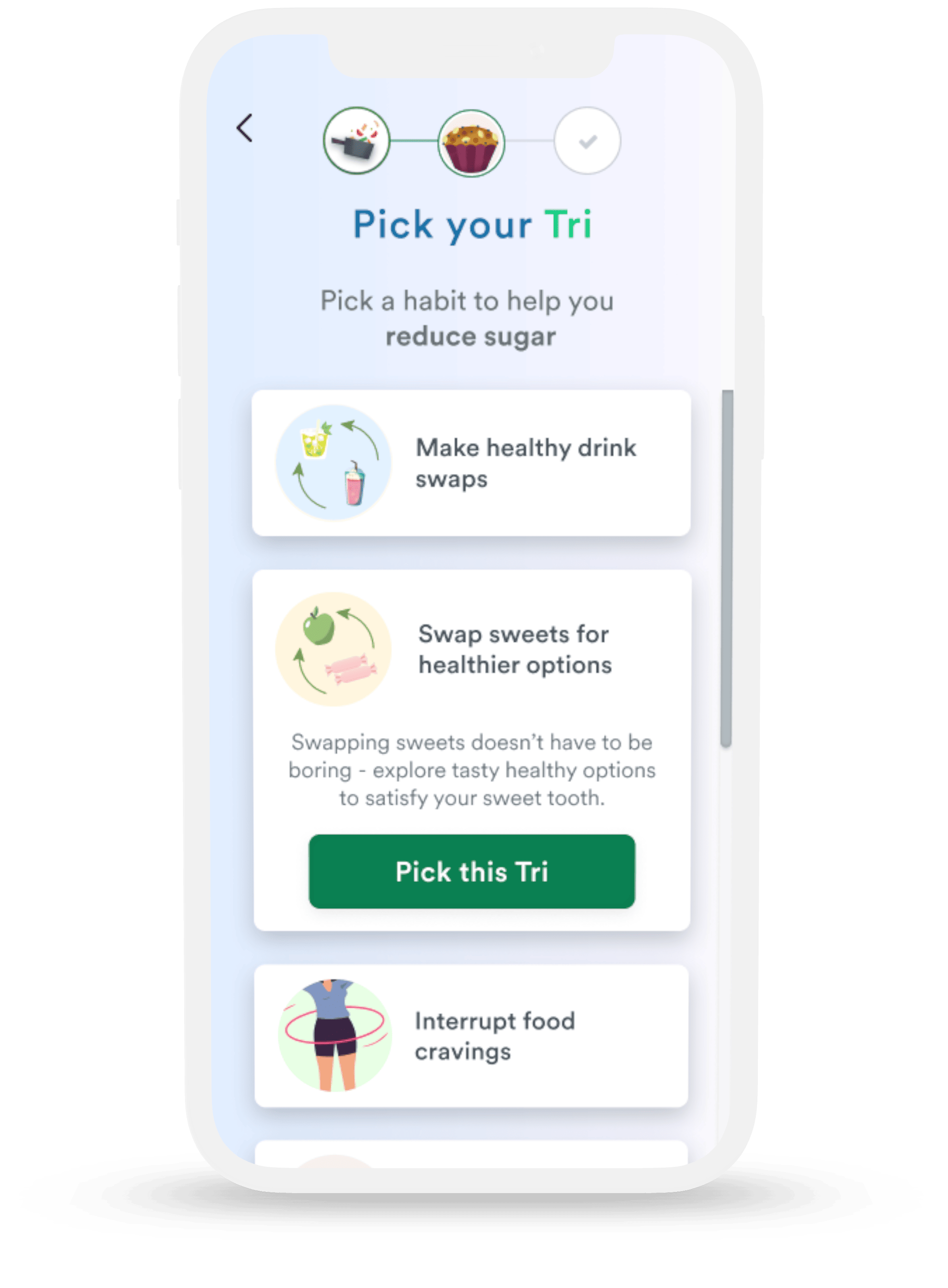June is PTSD Awareness Month, a time dedicated to raising awareness for and understanding of Post-Traumatic Stress Disorder (PTSD). This month aims to shine a light on the struggles faced by those with PTSD and to spread the word that effective treatments are available.
Raising awareness is crucial, as it helps reduce stigma, encourages those affected to seek help, and fosters a supportive environment for healing. In this blog, we’ll dissect PTSD by exploring facts, figures, and the vital steps towards recovery.
Understanding PTSD
PTSD is a mental health condition that arises after experiencing or witnessing a traumatic event. This can include military combat, serious accidents, natural disasters, or personal assaults. When someone is exposed to such intense stress, their brain can become “stuck” in a state of heightened alertness and fear, leading to PTSD. People with PTSD often experience intrusive thoughts, nightmares, flashbacks, and severe anxiety, making it difficult for them to cope with everyday life. It’s important to remember that PTSD is a normal response to abnormal situations, and acknowledging this can be the first step toward healing.
The Prevalence of PTSD
To understand the scope of PTSD, it’s helpful to look at the numbers:
- PTSD Impacts 26 Million People: In the United States, approximately 8% of people will experience PTSD at some point in their lives. Each year, about 3.5% of the adult population is affected by PTSD.
- Vets are at Higher Risk: PTSD is often associated with military veterans due to the high exposure to traumatic events in combat. About 11-20% of veterans who served in Operations Iraqi Freedom and Operation Enduring Freedom have PTSD.
Demographics and Risk Factors for Developing PTSD
While PTSD is commonly linked to veterans, many other groups are also at risk:
- Gender Differences: Women are more likely than men to develop PTSD. This difference is attributed to the types of trauma experienced, such as sexual violence.
- Age Groups: PTSD can affect individuals of any age, but certain age groups are more vulnerable. For example, children and teenagers who experience trauma are at a higher risk due to their still-developing brains1.
- Occupational Risks: Certain professions have a higher risk of exposure to traumatic events. First responders, healthcare workers, and military personnel often face situations that can lead to PTSD.
Understanding the risk factors helps to demystify PTSD and showcases how it can affect anyone, not just those in high-risk professions.
PTSD Symptoms and Diagnosis
Recognizing the symptoms of PTSD is crucial for early intervention:
- Common Symptoms: PTSD symptoms include flashbacks (reliving the trauma), avoidance (steering clear of reminders of the trauma), hypervigilance (being overly alert), and negative changes in mood and thinking (feelings of hopelessness or detachment).
- Diagnostic Process: Diagnosing PTSD typically involves a mental health professional conducting a thorough assessment, including discussions about the traumatic event and its impact on daily life. Standardized questionnaires and criteria from the Diagnostic and Statistical Manual of Mental Disorders (DSM-5) are often used.
Early recognition and intervention can significantly improve the outlook for someone with PTSD, making it essential to be aware of these symptoms.
Impact of PTSD on Daily Life
PTSD can profoundly affect various aspects of life:
- Mental and Physical Health: Individuals with PTSD often experience co-occurring mental health conditions like depression and anxiety. Physical health can also suffer, with increased risks of cardiovascular issues and chronic pain due to prolonged stress.
- Work and Productivity: Concentration difficulties and heightened anxiety can reduce productivity and lead to increased absenteeism. This can jeopardize job stability and career advancement.
- Relationships and Social Life: PTSD can strain relationships, as individuals might withdraw from social interactions or experience irritability and anger. Loved ones may struggle to understand these reactions, leading to further isolation and emotional distance.
For example, a firefighter with PTSD might find it hard to stay focused at work due to intrusive memories of traumatic rescues, impacting both their performance and team dynamics.
PTSD Treatment and Recovery
There are several effective treatments for PTSD2:
- Types of Therapy: Cognitive Behavioral Therapy (CBT) helps individuals reframe negative thoughts and behaviors. Eye Movement Desensitization and Reprocessing (EMDR) uses guided eye movements to process and reduce the impact of traumatic memories.
- Medications: Certain medications, such as selective serotonin reuptake inhibitors (SSRIs), can help manage symptoms by balancing neurotransmitters in the brain. If you think this could help you, talk to a doctor to find the right medication for you.
- Alternative Therapies: Practices like yoga, art therapy, and mindfulness meditation can complement traditional treatments, promoting relaxation and emotional expression.
Emphasizing the potential for recovery with proper treatment is crucial. Many people with PTSD lead fulfilling lives once they receive appropriate care and support.
The Importance of Support Systems
Support from family, friends, and the community plays a vital role in recovery:
- Creating a Supportive Environment: Encourage loved ones to listen without judgment, be patient, and educate themselves about PTSD. Simple acts of kindness and understanding can make a significant difference.
- Seeking Support Groups: Joining support groups can provide a sense of community and shared experience. Community resources and hotlines offer additional help and guidance.
A strong support system can help individuals with PTSD feel understood and less alone, fostering a sense of hope and resilience.
Raising Awareness and Reducing Stigma
Raising awareness about PTSD is crucial for reducing stigma and encouraging open conversations:
- How to Help: Share information about PTSD on social media, support mental health initiatives, and participate in events during PTSD Awareness Month.
- Reducing Stigma: Open discussions about mental health can help normalize seeking help and reduce the shame often associated with PTSD.
By spreading awareness and reducing stigma, we can create a more supportive and understanding environment for those affected by PTSD.
Find Support During PTSD Awareness Month
For those in need, numerous resources and organizations are dedicated to supporting individuals with PTSD, such as the National Center for PTSD, the PTSD Alliance, and local mental health services.
Understanding, supporting, and raising awareness for PTSD is essential. This PTSD Awareness Month, let’s spread the word about the realities of PTSD and the potential for healing and growth.
References
- Lawrence-Sidebottom, D., Huffman, L. G., Beam, A. B., Guerra, R., Parikh, A., Roots, M., & Huberty, J. (2024). Rates of Trauma Exposure and Posttraumatic Stress in a Pediatric Digital Mental Health Intervention: Retrospective Analysis of Associations With Anxiety and Depressive Symptom Improvement Over Time. JMIR Pediatrics and Parenting, 7. https://doi.org/10.2196/55560
- Watkins, L. E., Sprang, K. R., & Rothbaum, B. O. (2018). Treating PTSD: A Review of Evidence-Based Psychotherapy Interventions. Frontiers in Behavioral Neuroscience, 12. https://doi.org/10.3389/fnbeh.2018.00258












